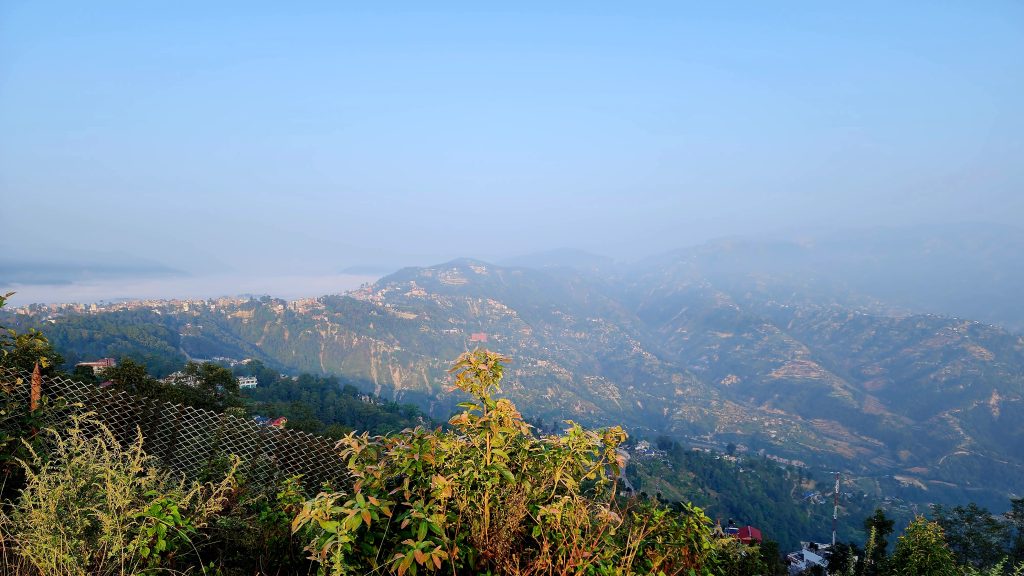Bishop Gerald John Mathias of Lucknow has called upon the Catholic Church in Asia to intensify its commitment to Indigenous Peoples, highlighting a history of neglect and the need for direct action.
“Despite this slight, indirect reference,” Bishop Mathias said, referencing the Federation of Asian Bishops’ Conference’s (FABC) first Assembly in 1974, “for 25 years, Indigenous People went largely unnoticed by Asia’s bishops—although the largest single minority of Asia’s Christians is Indigenous!”
Bishop Mathias outlined both past oversights and the opportunities that lie ahead for the Church in Asia in addressing Indigenous issues with more rigor and sensitivity at the Asian Forum on “Celebrating Synodality & Indigenous Living Tradition in the Asian Church” on Nov. 11.
The conference, held from Nov. 10 to 16 at the National Conference and Resource Center (NCRC) in Dhulikhel, Nepal, was organized by the faith-based group Circle of Sacred Rice (CSR).
Bishop Mathias underscored the historical invisibility of Indigenous Peoples, even as the FABC developed its policies on ecology, human rights, and interfaith dialogue, only recently turning its attention to Indigenous communities.
- Related document: FABC paper number 104 – Dignity and Identity: The Struggle of Indigenous Peoples in Asia to Preserve, Purify and Promote Their Cultures
- Related document: FABC paper number 105 – Toward a Paradigm Shift in Mission Amongst the Indigenous Peoples in Asia
The bishop drew attention to the evolving concerns within the FABC, particularly as expressed in the Bangkok Document. This foundational document, produced during the 50th General Conference, categorizes Indigenous Peoples, along with migrants and refugees, as “people often displaced from their homelands.”
The document, he noted, describes these groups as a “special category of people needing our care and support” due to their marginalization and the impact of forced displacement in the name of development.
“A special category of people needing our care and support comprises Indigenous People who are being marginalized and displaced in the name of ‘development’,” Bishop Mathias quoted from the document, emphasizing that these communities are often left vulnerable amidst societal changes and “ecological and societal disasters” driven by globalization.
The prelate pointed to the UN’s 2007 Declaration on the Rights of Indigenous Peoples, observing that Asia is home to a significant portion of the world’s Indigenous groups, who represent “immense cultural riches” and possess “wisdom and practices for better human living in a globalized world.”
He underscored the urgency for the Church to not only recognize this heritage but also actively support and preserve it within both Church practices and local communities.

One of the most significant ways to support Indigenous communities, according to Bishop Mathias, is through inculturation—a process that integrates Indigenous culture and symbolism into Church life and liturgy.
“The Bible may be studied and presented as a tribal document,” he proposed, noting that this approach could enhance theological reflection in tribal contexts and deepen the Church’s resonance with Indigenous believers.
Bishop Mathias also recommended that young people within Indigenous communities play an active role in bridging their heritage with the broader society, advocating for more educational opportunities and spaces for them to serve as “bridge-builders.”
He emphasized that “every society has a right to develop at its own pace and in the manner it wishes to do so,” suggesting that the Church should not impose its values but rather offer the Gospel “in a manner in keeping with the genius of the tribe.”
Bishop Mathias acknowledged the FABC’s limitations, emphasizing that much of the responsibility for supporting Indigenous communities ultimately lies with local dioceses and parishes.
“Most of the contributions is in words of exhortation to Members of the Bishops’ Conference in Asia to take care of Indigenous people on a priority basis,” he said.
“The actual action is left to the Dioceses or Parishes… Still much needs to be done as tribals and Indigenous people are still marginalized and are not in the mainstream, neither in the Church nor in the Society,” he added.








